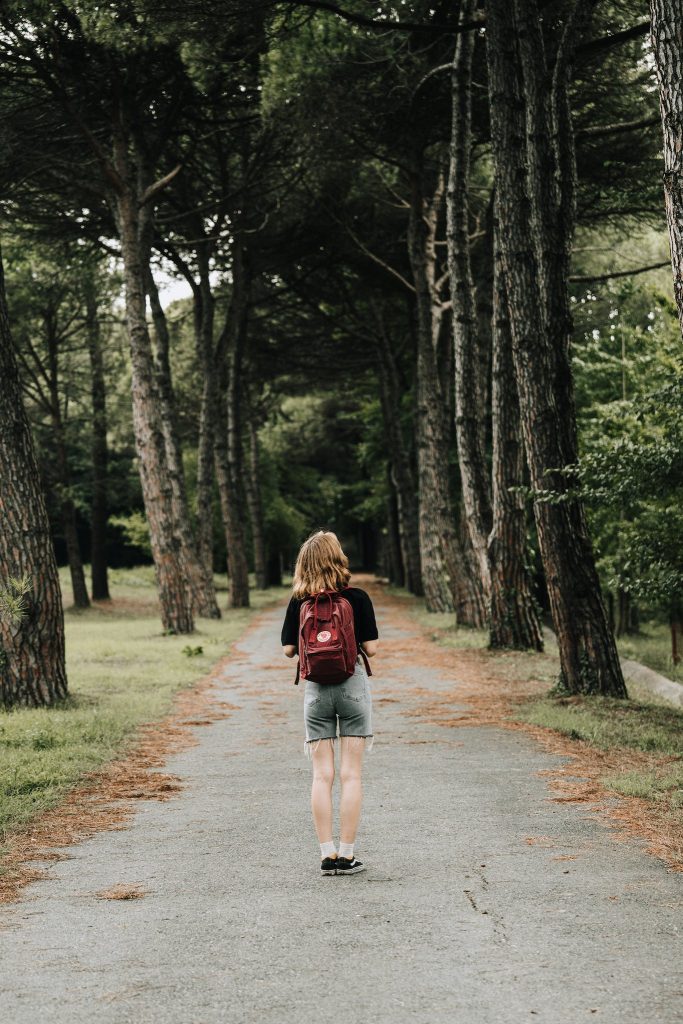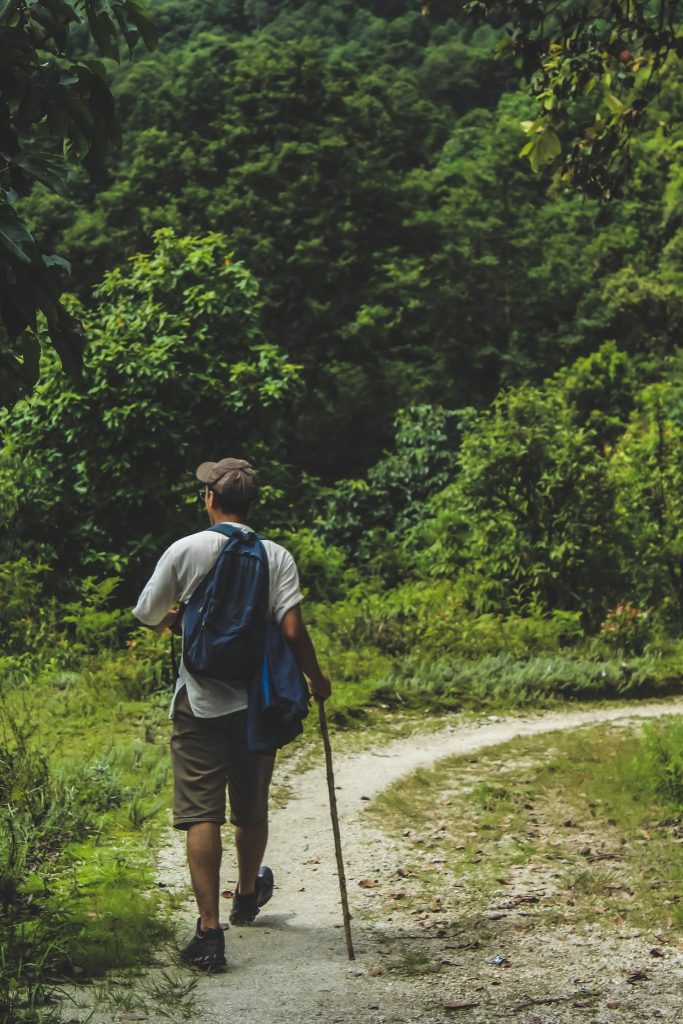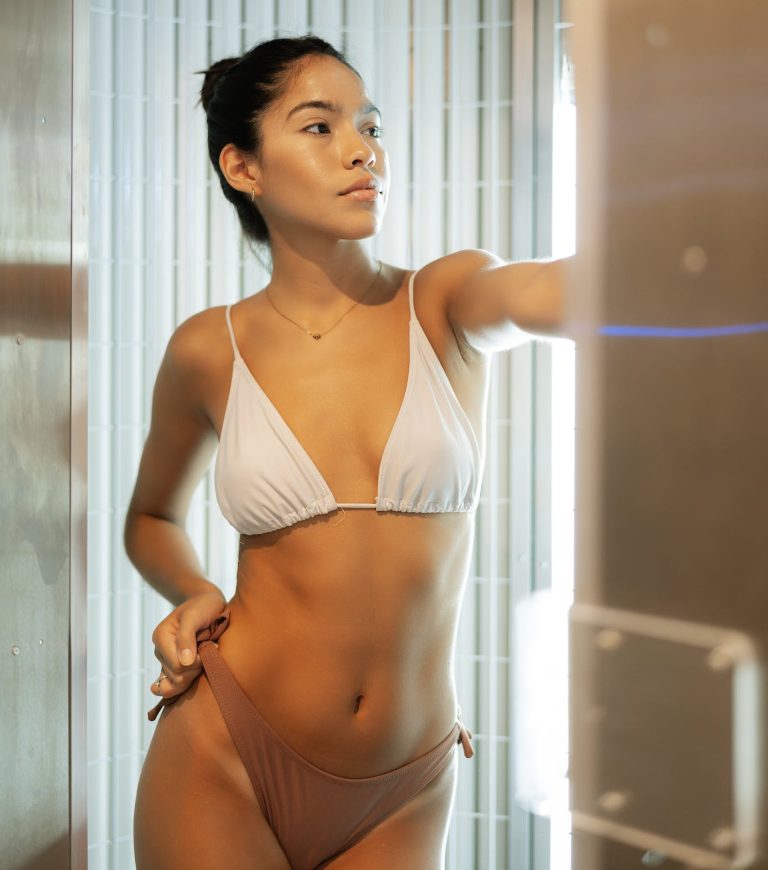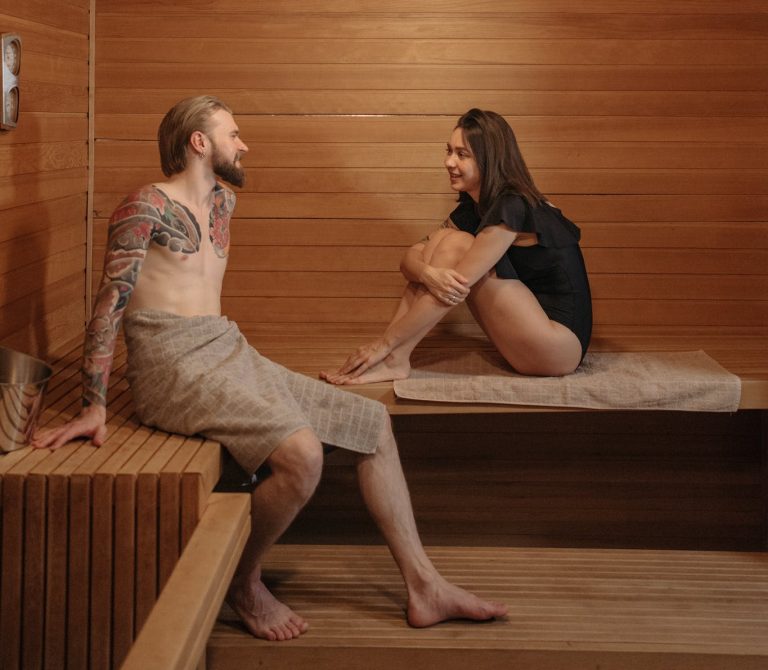When embarking on summer hiking adventures, a significant aspect to take into account is your dressing. Dressing appropriately for a summer hike not only keeps you comfortable but also protects you against the elements. Some critical considerations include the materials your clothing is made from, whether it will protect you from harmful UV rays, and how comfortable it will be for the trek.
Why the Right Outfit Matters for Summer Hiking
Dressing aptly for summer hiking is important for both comfort and safety. Wearing inappropriate clothing can lead to discomfort, overheating, or even injuries. Moreover, you need to take into account several environmental factors common to summer hiking like intense heat, pesky bugs, and harmful UV rays, which could potentially hamper your hiking experience if you’re not well-prepared.
Shorts or Pants: What’s better for a Summer Hike?
Deciding what to wear for a summer hike often boils down to a simple question – shorts or pants?
The Pros and Cons of Hiking in Shorts
Hiking in shorts during summer is an appealing option due to its breathability, which is perfect for dissipating heat. Plus, shorts allow for unrestricted movement, ideal for intense hikes. However, this also exposes your skin to the sun, bugs, rocks, and plants, which might lead to discomfort, skin irritation, scrapes, and cuts.
The Pros and Cons of Hiking in Pants
On the other hand, hiking in pants offers protection from the sun, bugs, and plants, acting as a barrier between your skin and the elements. However, pants may often retain heat, which could be uncomfortable during hot summer hikes. Also, pants may limit mobility to a certain extent, depending on their cut and fit.
Ultimately it’s up to you: if you have sensitive skin or know that you’ll be scrambling over rocks, pants will provide better protection. If the hike is more casual and you don’t expect to be brushing up against plants or rocks, shorts may be more comfortable.
What Tops Are Ideal for Summer Hiking?
When it comes to summer hiking, lightweight and breathable materials make ideal tops. Cotton isn’t as preferred compared to synthetic materials like polyester and nylon because it tends to retain moisture which can make you feel even more hot and sweaty. Additionally, when choosing between short and long sleeve tops, one might lean towards short sleeves for a cooler feel. However, long sleeve tops that are made from breathable, moisture-wicking fabric can provide a comfortable fit while also offering UV protection. Layering can be an excellent option too, as it provides flexibility and control over your body temperature.
What are the Best Shoes for Summer Hiking?
Footwear might easily be the most crucial part of your summer hiking outfit. Choosing the correct footwear can make or break your journey- you might suffer from sores, blisters, and discomfort if you don’t make the right choice. While open-toe sandals may provide a breezy comfort, closed-toe boots offer far more protection against sharp objects and uneven terrains. Summertime hikes call for shoes that are breathable, comfortable and durable. Moreover, considering the possibility of encountering streams, consider water-resistant shoes to keep your feet dry and safe.
Hiking Outfit Ideas for Women

- A breezy sleeveless top paired with light-colored hiking shorts can make a comfortable, fashionable hiking outfit. Complete it with a pair of sturdy trail running shoes for a balanced blend of style and utility.
- For those preferring more coverage, a light, moisture-wicking long-sleeved top with UV protection paired with convertible hiking pants is a great choice. Complete the outfit with a sturdy pair of breathable hiking boots.
- A lightweight sundress made from moisture-wicking material, paired with a stylish hat and hiking sandals can be a unique, comfortable style for a not-so-intensive hike.
Hiking outfit ideas for men

- Whether it’s trekking through forests or mountains, cargo shorts are a must due to their versatility and storage capacity. Pair it with a simple crew-neck shirt for breathability and comfort. This outfit is a blend of simplicity and efficiency, perfectly suitable for summer hiking.
- A vented button-down shirt coupled with convertible pants is incredibly adaptable for changing weather conditions. These provide the ability to switch between pants and shorts in a jiffy while the shirt offers more ventilation and helps keep you cool.
- A technical t-shirt is an excellent option for high-intensity hiking due to its property of wicking away sweat swiftly. Pair it with a hiking trunk for a svelte, minimalistic appearance that is efficient in the heat.
Essential Summer Hiking Accessories
Every hiker knows the importance of proper accessories. A cap or hat shields your face and eyes from glaring sun rays, reducing the potential for heat-related illnesses. Sunglasses offer critical UV protection to your eyes, increasing overall safety. Lightweight, sweat-resistant socks are a hiker’s best friend, preventing moisture build-up that could lead to discomfort or blisters. Bandanas or buffs serve as versatile tools that absorb sweat, maintain body temperature and also offer additional sun protection. Lastly, lightweight gloves go a long way in preventing painful sunburns on your hands.
Dressing appropriately for a hiking trip in the summer entails a lot more than just choosing clothes. It includes considering factors such as weather, hike intensity, and individual comfort. It also emphasizes the importance of accessories that protect you from elements like harmful UV rays and manage sweat. Therefore, prioritizing comfort and protection is a rule of thumb when selecting the perfect hiking outfit for summer.
Common questions
Lightweight, moisture-wicking materials like nylon or polyester are excellent choices for hiking clothes in the summer. These fabrics help keep you dry and well-ventilated.
While it’s not recommended due to their heavy and non-breathable nature, if you prefer jeans over shorts or cargo pants, opt for lighter, stretchable denim.
Opt for layered clothing if you are hiking in colder weather conditions. The layers trap heat and can be adjusted according to your comfort level and the weather’s harshness.






